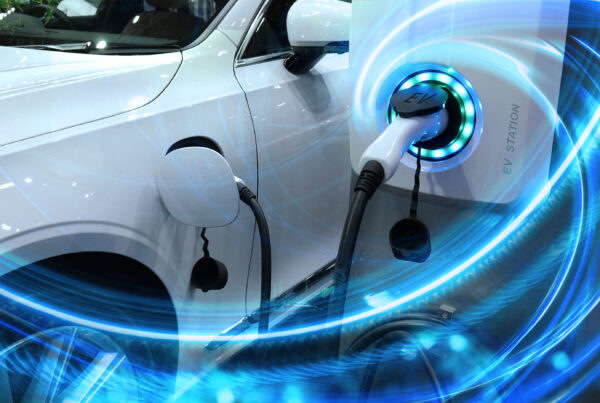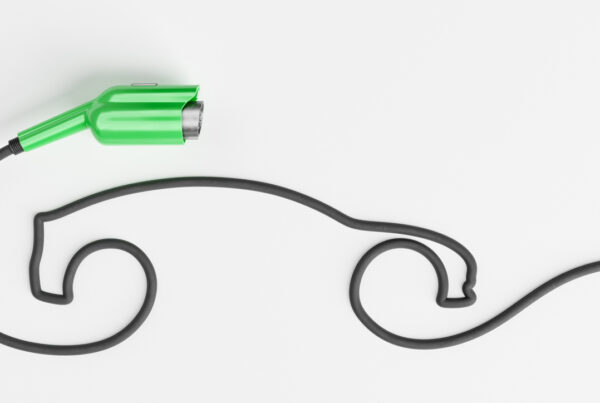Electric vehicles are the future of sustainable transportation. As Australia moves toward its goal of Net Zero emissions by 2050, more EVs are being introduced into fleets.
While more EVs are being sold in the Australian car market today, the uptake remains slow. The 2020 AfMA Electric Vehicles in Business Fleets Report found that out of 177 respondents, only 29 percent have reached the mature phase for EV adoption, 49 percent are in the exploratory phase, and 24 percent have no plans of adding EVs in their fleet.
One of the most cited hurdles to transitioning into green vehicle options is range anxiety. This is the fear of running out of battery power with no access to a charging station while driving an EV. This often brings up images of stranded drivers, loss of productivity, and unwanted recovery costs.
Better EV Batteries, More Charging Infrastructure
The prevailing notion that EVs are unreliable in real world settings can be traced back to early electric cars that had a lower battery range.
However, new generation lithium-ion batteries allow current EV models to have a driving range of 250 to 400 km in a single charge.
For example, the Nissan Leaf has a driving range of 220 km, the Hyundai IONIQ has a range of 250 km, and the Hyundai Kona has a range of 449 km. Some higher-end models can even go upwards of 450 km before needing another charge like the Tesla Model X Ling Range Plus (470 km).
In addition, more charging infrastructure are already available and are going to be made available for EV drivers. The Federal Government has recently pledged $178 million to ramp up the rollout of hydrogen refuelling and charging stations.
More charging stations are also now available not just in major thoroughfare but also in places like malls, hotels, hospitals, and airports. This will greatly expand Australia’s charging network so drivers can confidently drive their EVs even for long-haul trips.
How to Reduce Range Anxiety in Fleets
Whether your organisation already has several EVs or you’re still in the early stages of electrifying your fleet, curbing range anxiety is crucial. As a fleet manager, here’s how you can help drivers and members of your organisation who may be apprehensive about the range capacity of EVs:
1. Choose the Right EV model for the Job
When replacing traditional cars in your fleet with EVs, consider factors such as daily mileage, the environmental conditions that may put a strain on batteries, and if there are appropriate charging stations en route. Measure your fleet’s activities and needs before choosing a suitable EV.
2. Educate Drivers and Vehicle Users
Driver training is crucial for getting the best range out of any EV. Educate them about practices that can maximize batter life and increase driving range (like avoiding harsh acceleration and braking, using heating or air-conditioning, etc.).
3. Proactive EV Management
As more EVs become part of your fleet, certain processes need to be out in place to ensure that vehicles perform their best on the road. Rules about proactively managing charging levels should be put in place to maximise the driving range of EVs in your fleet.
Adopt rules such charging EVs overnight if it is going to be used the next day, rotating through vehicles with sufficient battery charge throughout the day, or recalling drivers that need to charge.


















